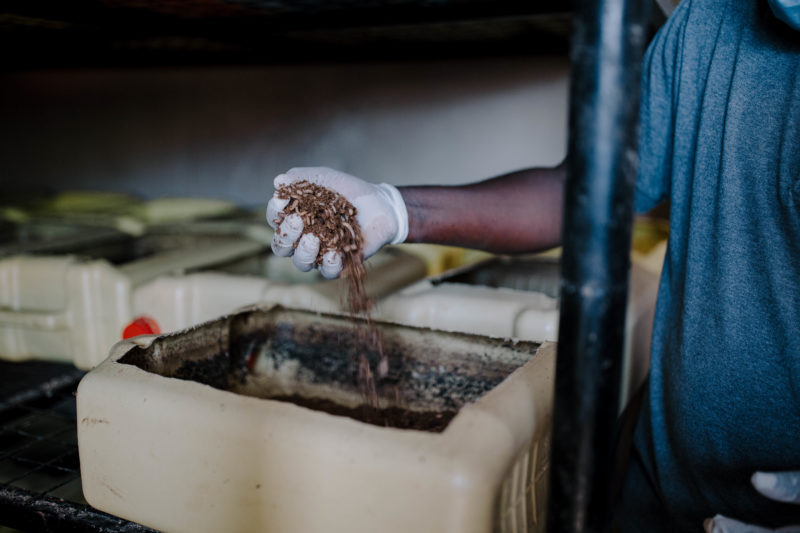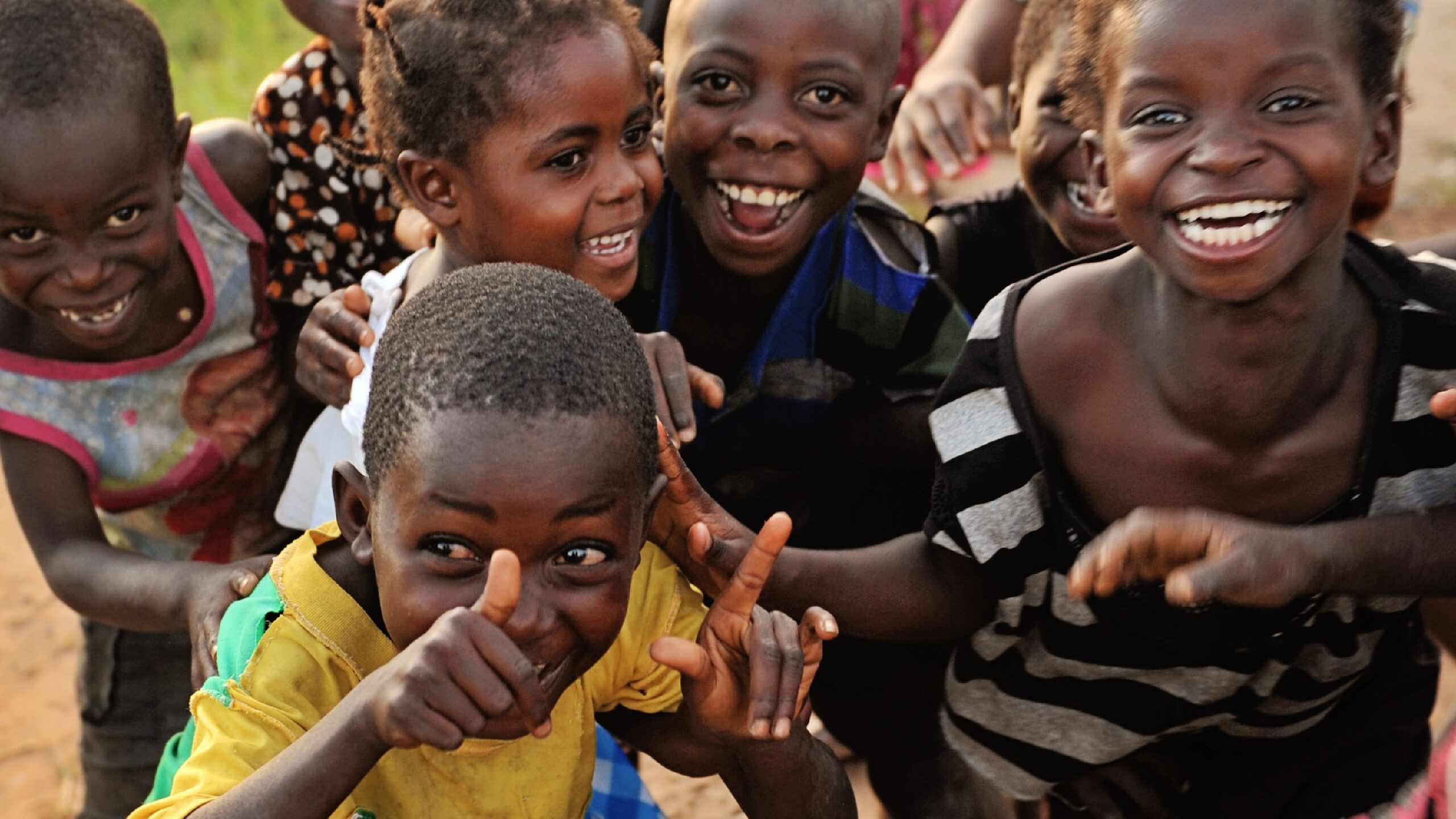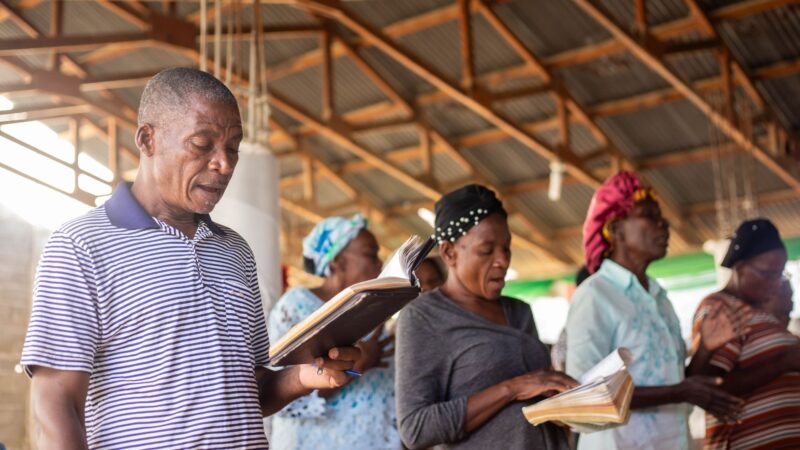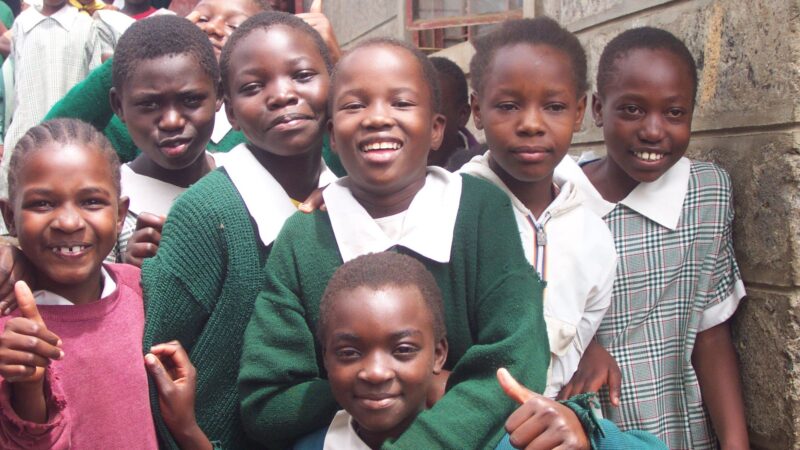When I walked inside the gates, the first thing that struck me was the smell.
Last fall, I had the opportunity to visit one of the community training sessions in Kampala, Uganda. The days before the training, I sat in on many interviews with individuals that Bright Hope’s livestock programs have impacted, and the challenge that I kept hearing about was the cost of maize/feed for their animals.
When I talked to Charity, Bright Hope’s Country Director in Uganda, we debriefed my experience in the field and reflected on the projects. We processed the life-changing impact the animals are making in rural Uganda. However, we also discussed the common issue among the farmers in their struggle to afford the cost of the maze. At first, I asked, “has Bright Hope considered purchasing a mill?” Charity nodded and said, “we have, but I believe there is a better, cheaper, and more sustainable solution.”
When we think about problems, it’s easy to fixate on an “easy fix” solution. However, sustainable development walks hand-in-hand with patience, as the “easy fix” or “grand solution” tends not to be the best.
Following Charity’s statement, I found myself sitting in an open-aired compound, next to thousands of BSF larvae minding their own business as they convert animal waste into animal feed. The training was led by the intelligent and ambitious Dr. Deborah Amulen, who uses her research and background in Applied Biological Sciences to train rural communities to change their lives using their own readily available resources.
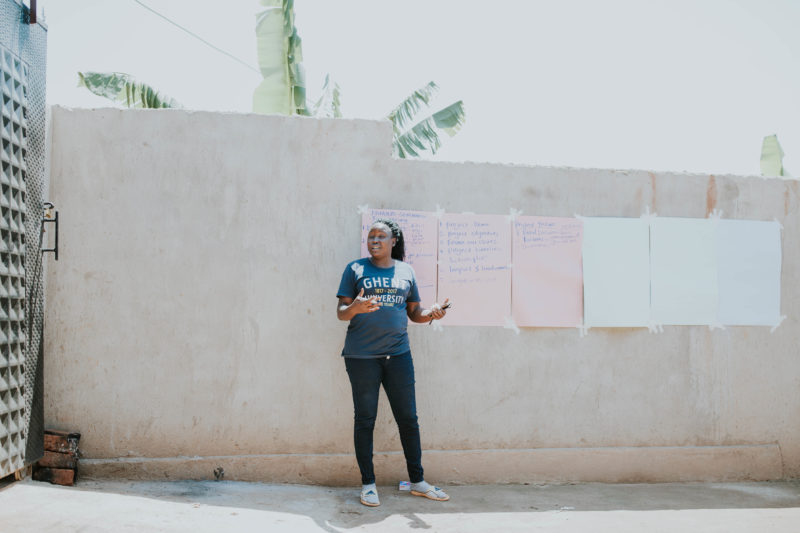
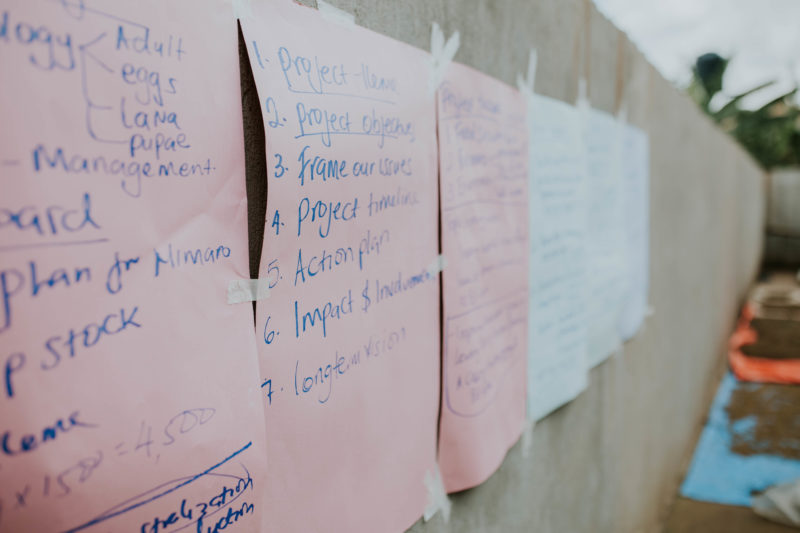
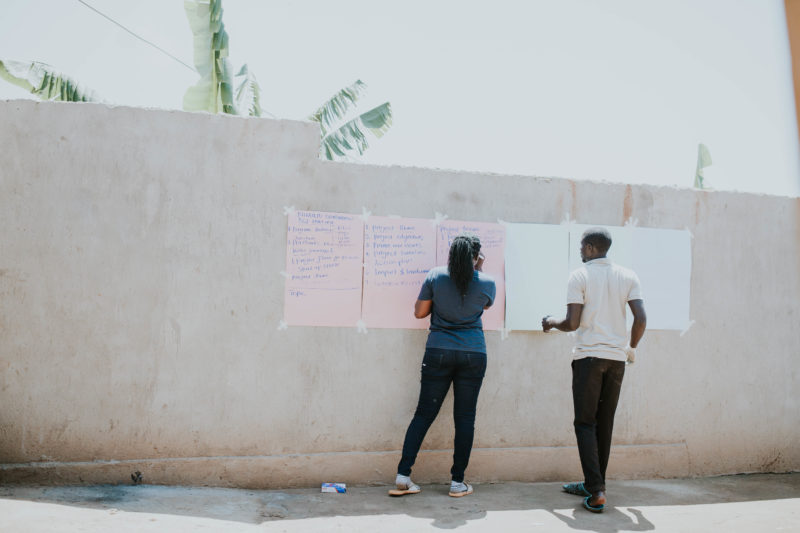
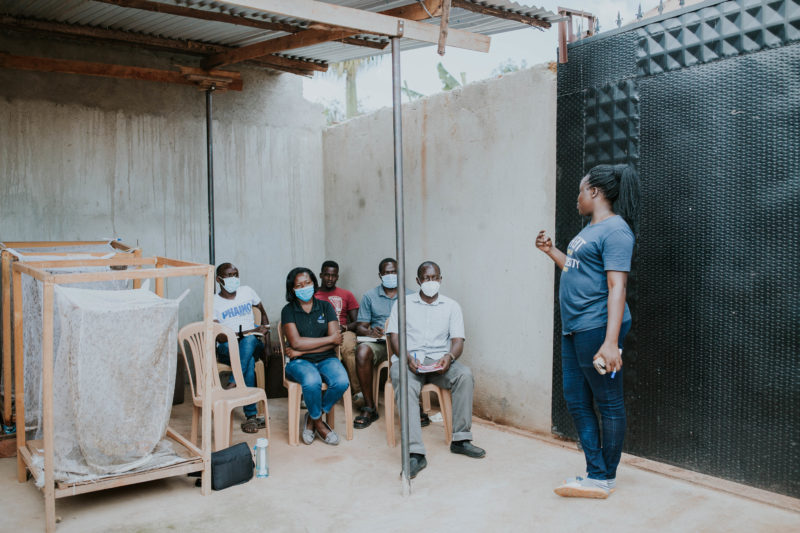
How do the larvae turn waste into the animal feed?
- When the larvae have completed their development through six instars, they enter a stage called the “prepupa” wherein they cease to eat, and they tend to migrate toward cool, dark, and dry substrates to pupate.
- This prepupal migration instinct is used by grub composting bins to self-harvest the mature larvae. These containers have ramps or holes on the sides to allow the prepupae to climb out of the composter and drop into a collection area. The wastes include fresh manure and food wastes of animal and vegetable origin.
- The larvae are then harvested and dried out in the sun, and the leftover is discarded or further processed.
- The larvae are sold and used as animal feed, substituting as the primary protein source.
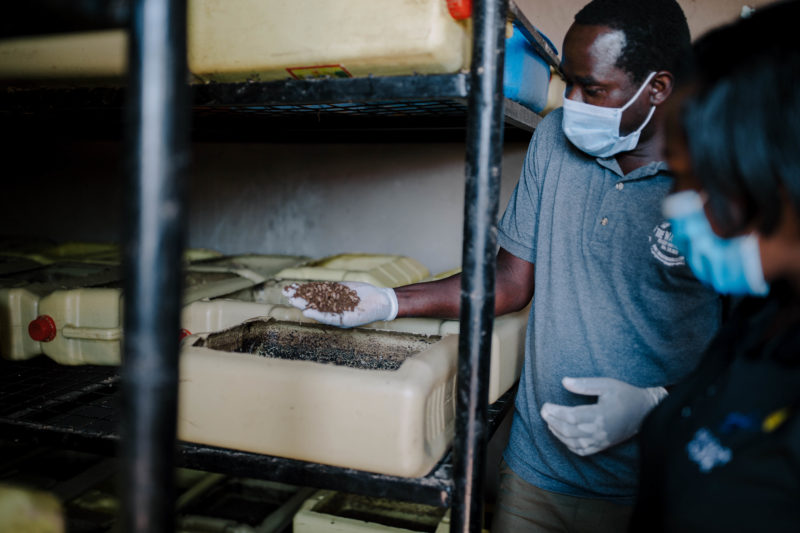
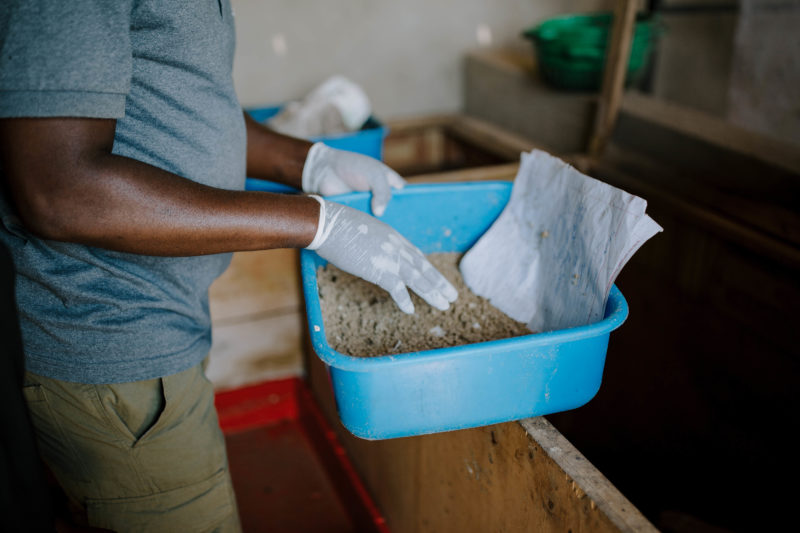
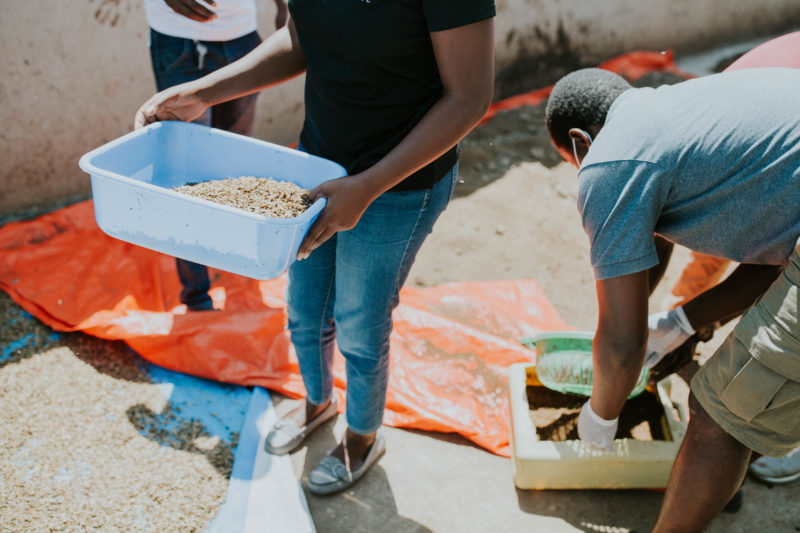
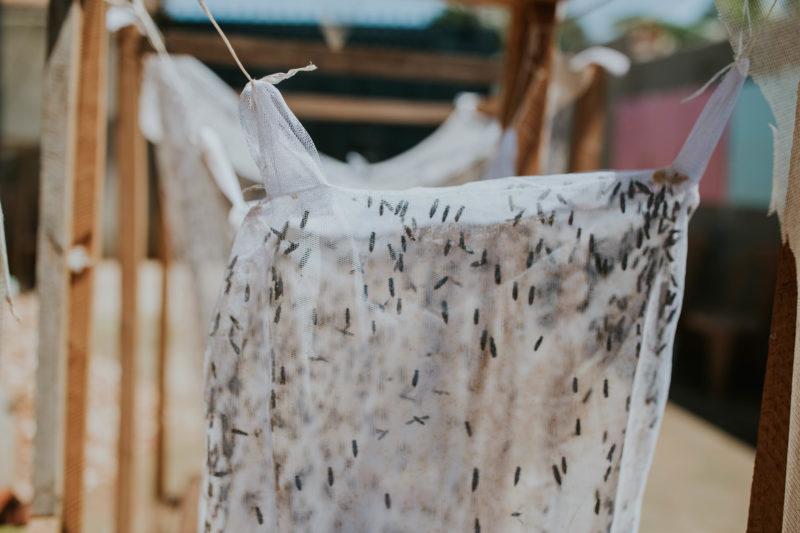
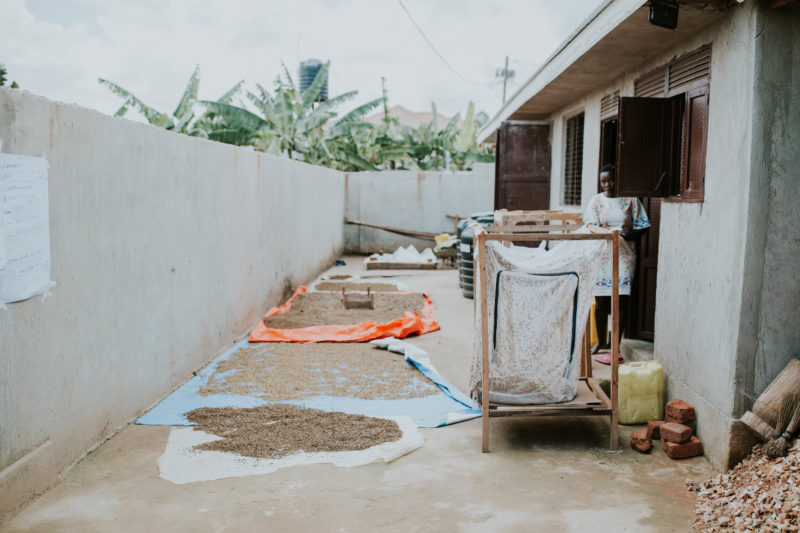
The training taught me the creativity found in sustainable development.
I sat next to Bright Hope’s project coordinators, that came from all parts of Uganda, learning alongside them as we sought out creative solutions. The main issue with the feed for livestock was the cost of the protein source. With BSF larvae, that decreases the initial cost of feed significantly! During my short visit, I saw the farmers’ challenges with affording to feed their animals when they already were making less than $2 a day. How can they afford to feed both their families and livestock? As Dr. Deborah Amulen shared, “improving household income by lowering the cost of livestock production” can create this solution!
The solution was unexpected but very effective – BSF larvae.
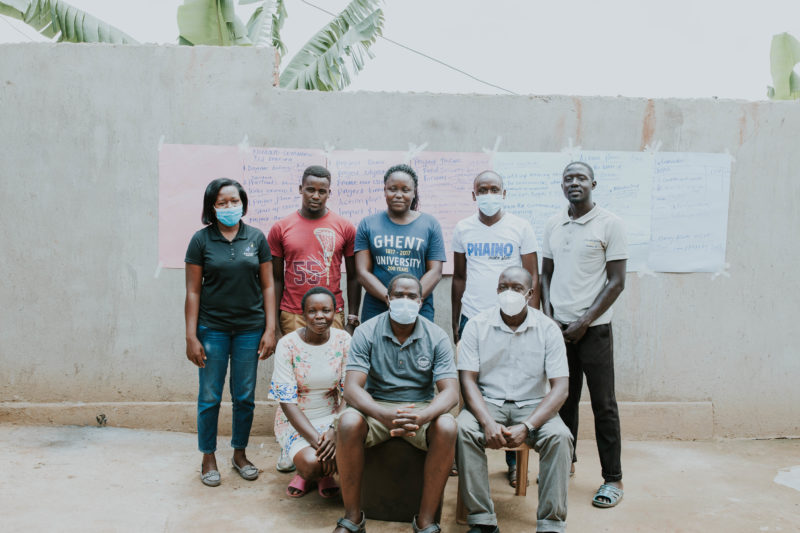
Learn More About Bright Hope
When Hope for Today Makes Tomorrow Possible
Hope for Tomorrow: Sometimes Poverty Alleviation is Simple
Hope for Eternity: Jesus Cares for the Poor
Bright Hope, a Holistic Ministry Meeting the Needs of the Poor
Grow. Change. Impact: The Power of Mutual Transformation

